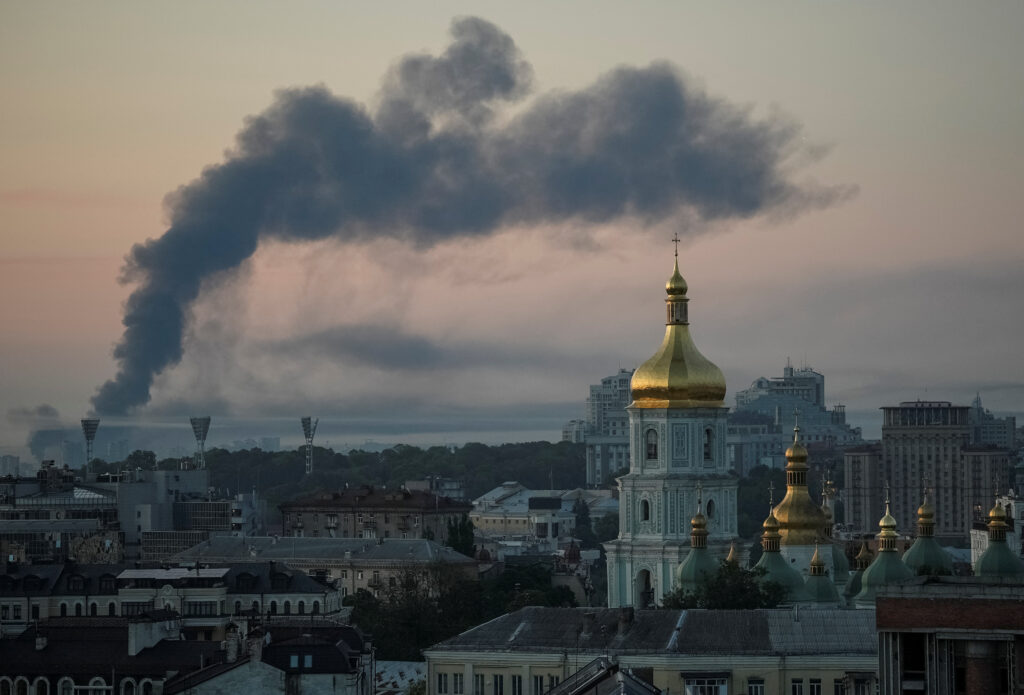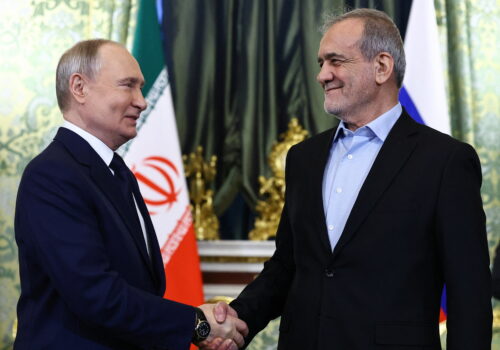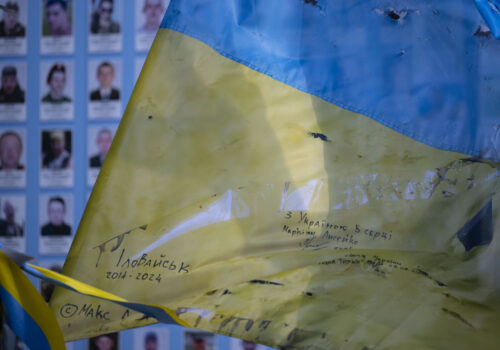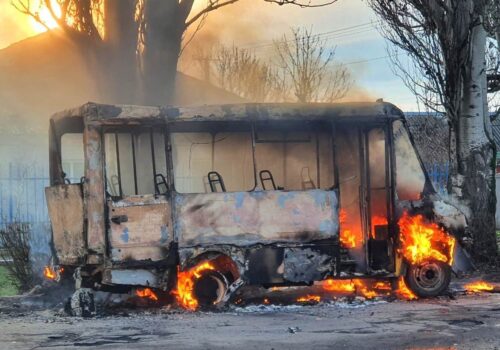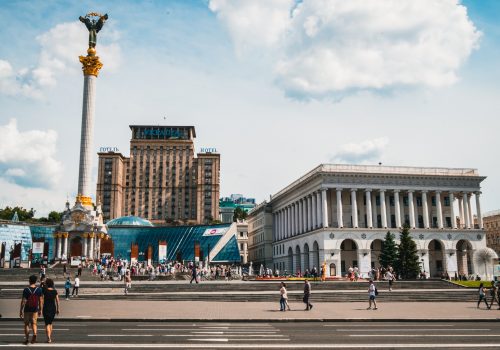Russia’s July 4 bombardment of Kyiv was reportedly the largest of the entire war. The attack came just hours after US President Donald Trump and his Russian counterpart Vladimir Putin had finished an unsatisfactory telephone conversation, leading many to suggest that the raid was a calculated act of defiance by the Kremlin.
Whether the intention was to personally embarrass Trump or not, the recent Russian airstrikes in the early hours of American Independence Day certainly served to underline the changing fortunes in the drone war between Ukraine and Russia.
For the first few years of the war following Putin’s 2022 invasion, Ukraine’s dynamic tech sector and vibrant startup culture helped keep the country a step ahead of Russia despite the Kremlin’s far greater resources. In recent months, however, it has become increasingly apparent that the initiative has passed to Moscow.
The recent shift in the drone war is a matter of both quantity and quality. Russia is now producing far more drones and has developed new models incorporating a range of technological upgrades. This is making it possible to launch massive bombardments of Ukrainian cities that overwhelm Ukraine’s limited air defenses and terrorize the civilian population.
Stay updated
As the world watches the Russian invasion of Ukraine unfold, UkraineAlert delivers the best Atlantic Council expert insight and analysis on Ukraine twice a week directly to your inbox.
Since 2022, drones have emerged as the key weapon for both sides in the war unleashed by Vladimir Putin. Ukraine’s drone manufacturing ecosystem has mushroomed from a handful of businesses to more than two hundred companies. This expansion has helped fuel innovation and strengthened the country’s defenses, but the large number of market participants means scaling up successful innovations can be challenging.
In contrast, Russia has played to its traditional strengths by focusing on volume. Moscow was initially reliant on Iran for the delivery of Shahed drones, but soon established domestic manufacturing facilities in Tatarstan and elsewhere. These drone factories have reportedly imported workers from Africa and Asia, and are now producing more than 5000 drones per month.
Alongside increases in output, Russian strike drones have also undergone a series of upgrades. For example, some recently intercepted models incorporate AI technologies that allow them to operate autonomously, while most have larger warheads and are able to fly at far higher altitudes, making them much harder to intercept.
This is translating into Russian aerial attacks on an unprecedented scale. Throughout spring and early summer 2025, Ukrainian cities faced a succession of record-breaking bombardments. At present, Russia is able to launch more than 500 drones at Ukraine in a single night. Based on current trajectories, Ukrainian analysts warn that 1000-drone Russian aerial attacks may soon become a reality.
The tactics shaping Russia’s drone bombing campaign are also evolving. Overnight raids now routinely incorporate hundreds of upgraded Shahed drones converging on Ukrainian targets from different directions, followed by waves of ballistic and cruise missiles. Putin hopes this approach will exhaust Ukraine’s limited air defenses while inflicting severe physical and psychological damage on the Ukrainian civilian population.
Eurasia Center events

It is clear that Ukraine urgently requires innovative defense tech solutions to address the challenges posed by Russia’s dramatically escalating drone attacks. It will also be vital to address bureaucratic inefficiencies and streamline government procurement processes. Ukraine has the brains to defend itself as long as the authorities in Kyiv make the most of the country’s tech sector potential.
The top priority should be scalable and economically viable systems capable of intercepting large numbers of Russian attack drones. Sophisticated anti-missile weapons such as the US-produced Patriot system are too expensive and in too short supply for use against plentiful and cheaply produced Russian drones.
Many see interceptor drones as the most technologically suitable and cost-effective solution to Russia’s drone blitz. A number of models are currently in development and undergoing testing in combat conditions. Ukrainian President Volodymyr Zelenskyy said interceptor drones proved effective during Russia’s July 4 attack and shot down “dozens of Shaheds.” He vowed to scale up production while expanding training for drone operators.
Ukraine is also increasing cooperation with international partners to develop and produce interceptor drones along with other models. There is an obvious mutual interest here. Putin’s rapidly growing drone arsenal poses a direct threat to European security and would likely play a leading role in any future war with Russia.
Interceptor drones are not the only focus of current efforts to counter Putin’s drone bomber fleet. Other options currently under consideration include laser-based weapons, autonomous gun turrets employing AI, and aerial interception involving helicopters or propeller planes. Ultimately, flexibility will be crucial against an enemy that is also constantly learning and innovating.
The Russian invasion of Ukraine is rewriting the rules of modern warfare. In this war of innovation, the most important lesson so far has been the dominance of drones. Ukraine set the pace early on, but Russia has now seized the initiative. In the coming months, Kyiv’s allies must provide as much support as possible in order to close the gap on Moscow and prevent Putin’s current advantage in the drone war from becoming decisive.
Maksym Beznosiuk is a strategic policy specialist and director of UAinFocus, an independent platform connecting Ukrainian and international analysts around key Ukrainian issues.
Further reading
The views expressed in UkraineAlert are solely those of the authors and do not necessarily reflect the views of the Atlantic Council, its staff, or its supporters.

The Eurasia Center’s mission is to enhance transatlantic cooperation in promoting stability, democratic values, and prosperity in Eurasia, from Eastern Europe and Turkey in the West to the Caucasus, Russia, and Central Asia in the East.
Follow us on social media
and support our work
Image: Smoke rises over the city after a Russian missile and drone strike, amid Russia's attack on Ukraine, in Kyiv, Ukraine June 17, 2025. (REUTERS/Anna Voitenko)
